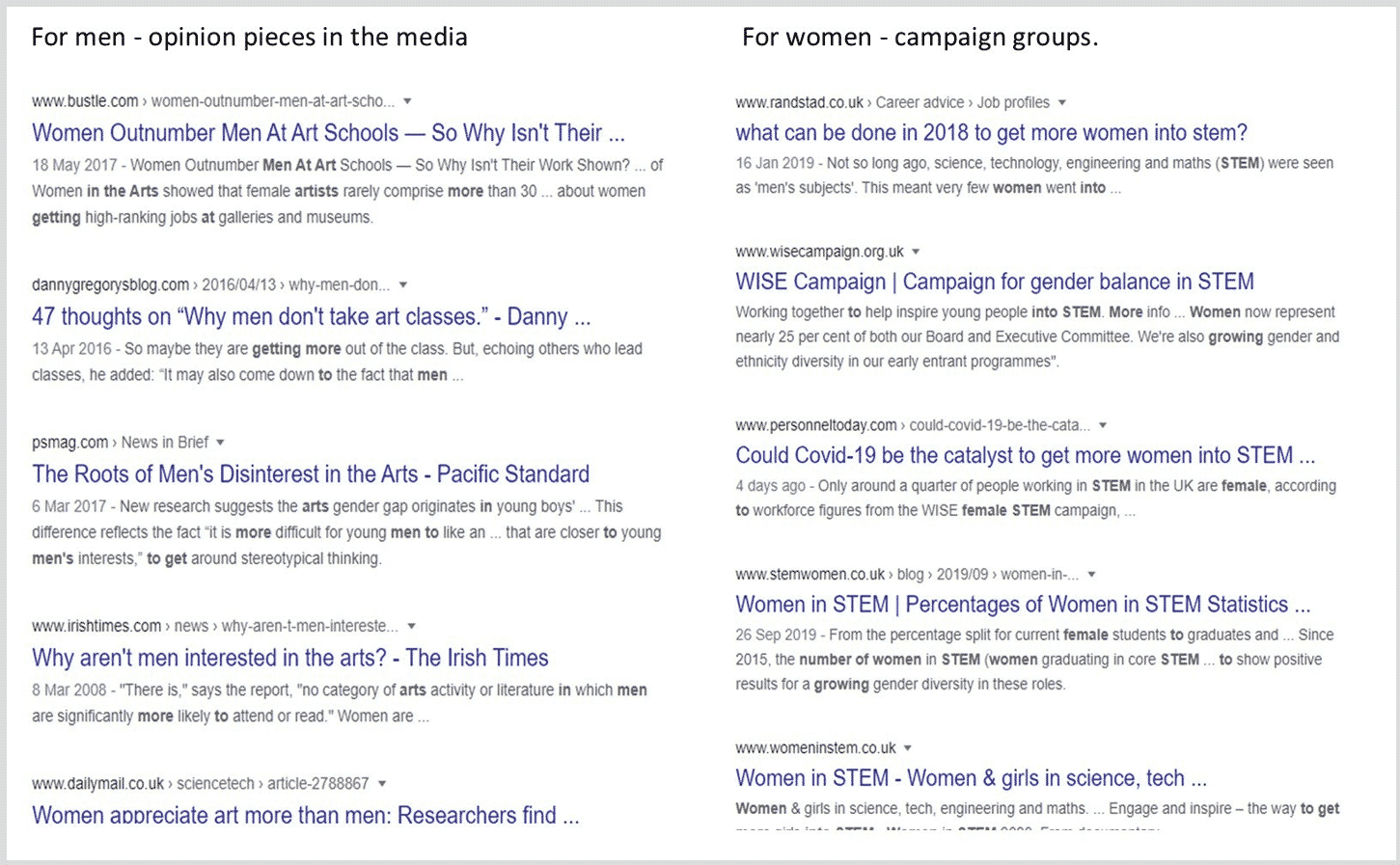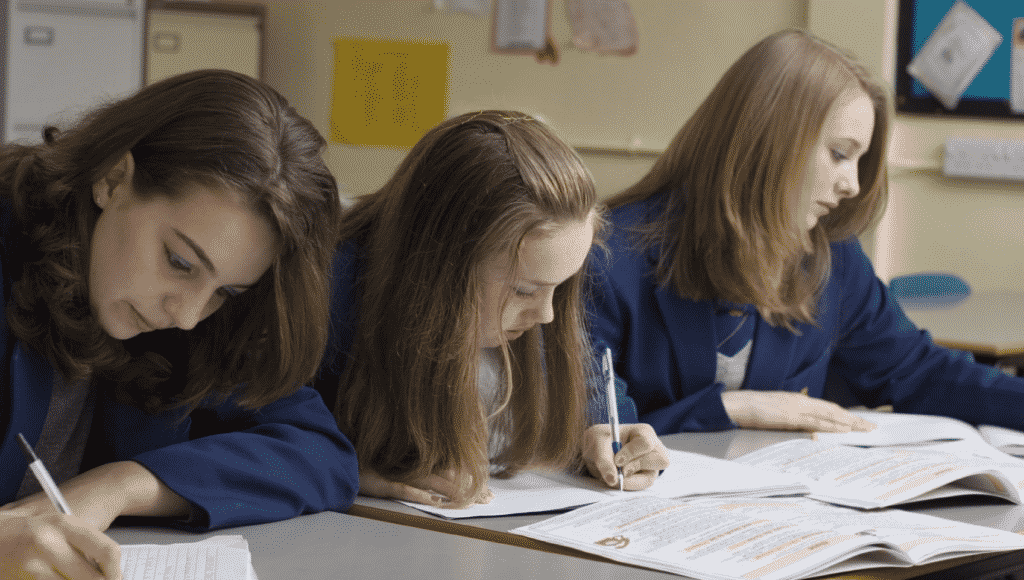Challenging Gender Stereotypes in Schools

How can we counter the gender stereotypes and why is it so one sided?
So we have seen that girls are overall outperforming boys, but there are subsets of each gender which are ‘academically at risk’. We know that teachers’ expectations of the different genders affect the way they interact with them within the classroom. Finally, we have learned that single sex education may not be as good as it’s supporters argue.
So where does that leave us? Some people outperform others at school and this may have something to do with gender but may also be a product of socio-economic status (partially reflected in state vs. private education) and of the gender stereotypes held by the students and parents to list a couple.
Then gender becomes less of an issue but an easy way to divide and compare young people’s performance. Ultimately there is more overlap between the genders in education than there is difference.
The starkest divide we can make is perhaps then around the subjects that young people choose and enjoy. According to a YouGov survey in 2018 the subjects that girls and boys enjoy divide exactly as you would expect them to according to stereotype – girls enjoy art, English and music more than boys and boys enjoy maths, science and computing more than girls.
Whether this is a product of the stereotypes held by the teacher and consequently the way they interact with the different genders in the classroom or due to the ‘ability’ of the different genders to enjoy the subjects is tricky to understand.
What I find fascinating (and please don’t misinterpret this) is that there is so much out there about encouraging girls into STEM (Science, technology, engineering & maths) but much less about encouraging boys into the arts. This may well also be to do with the devaluation of the arts in schools as budget constraints see less popular subjects like Music and art cut from the curriculum.
Just as a very unreliable experiment, I typed two phrases into google:
‘getting more women into stem’ and ‘getting more men into the arts’
Here are the results:

There was some suggestion that a campaign to get more men into arts would benefit the campaigns for getting women into STEM. I think it is fascinating that this drive is so one sided.
In 2015 the Institute of Physics brought out ‘Opening Doors: A guide to good practice in countering gender stereotyping in schools’ ostensibly to encourage more girls into science but their advice could equally be used to encourage boys into the arts. They offer 9 Essential features of good practice in countering gender stereotyping in schools:
- Senior gender champion – develop and lead a campaign on gender stereotyping
- Training Staff – Gender bias & awareness training should be part of ongoing CPD for all staff
- Sexist language – make teachers aware of sexist language and call them to account
- Use of progression data – use gender-disaggregated data reflectively at a whole school level
- Initiatives – Understand and develop initiatives that are appropriate for an individual schools context
- Subject equity – ensure subjects are talked about in terms of effort rather than innate (gender) ability
- Careers guidance – ensure it challenges gender stereotypes
- Student ownership – encourage students to be involved in combatting gender stereotypes and listen to what they have to say.
- Personal, social, health and economic education – ensure that it is high quality and includes initiative on gender stereotyping.
Being aware of our gender biases and calling others to account should be at the forefront of the educational discussion. Until we, as adults and teachers, have addressed our own biases we cannot expect our young people to believe gender doesn’t drive academic attainment.







Responses